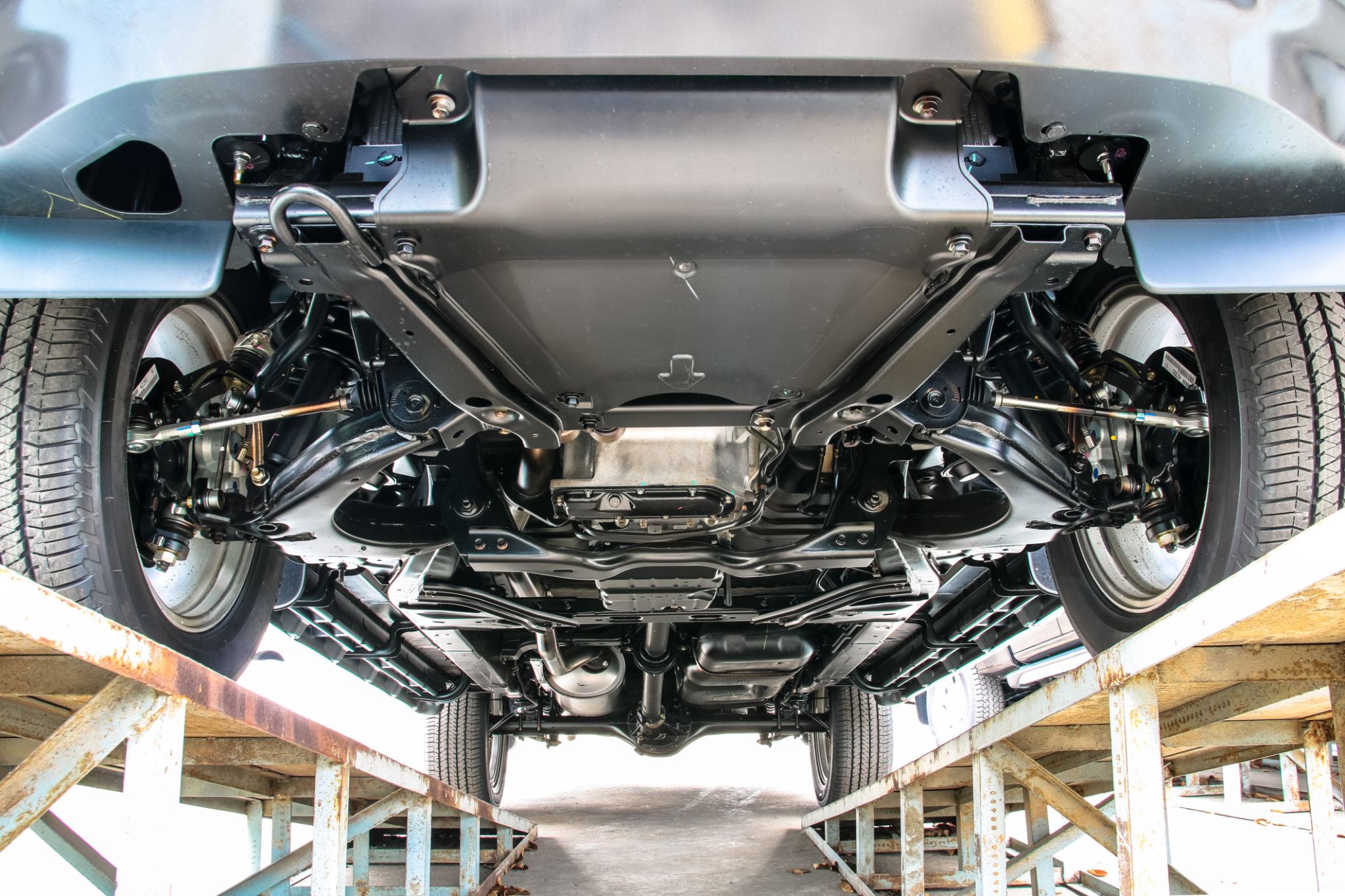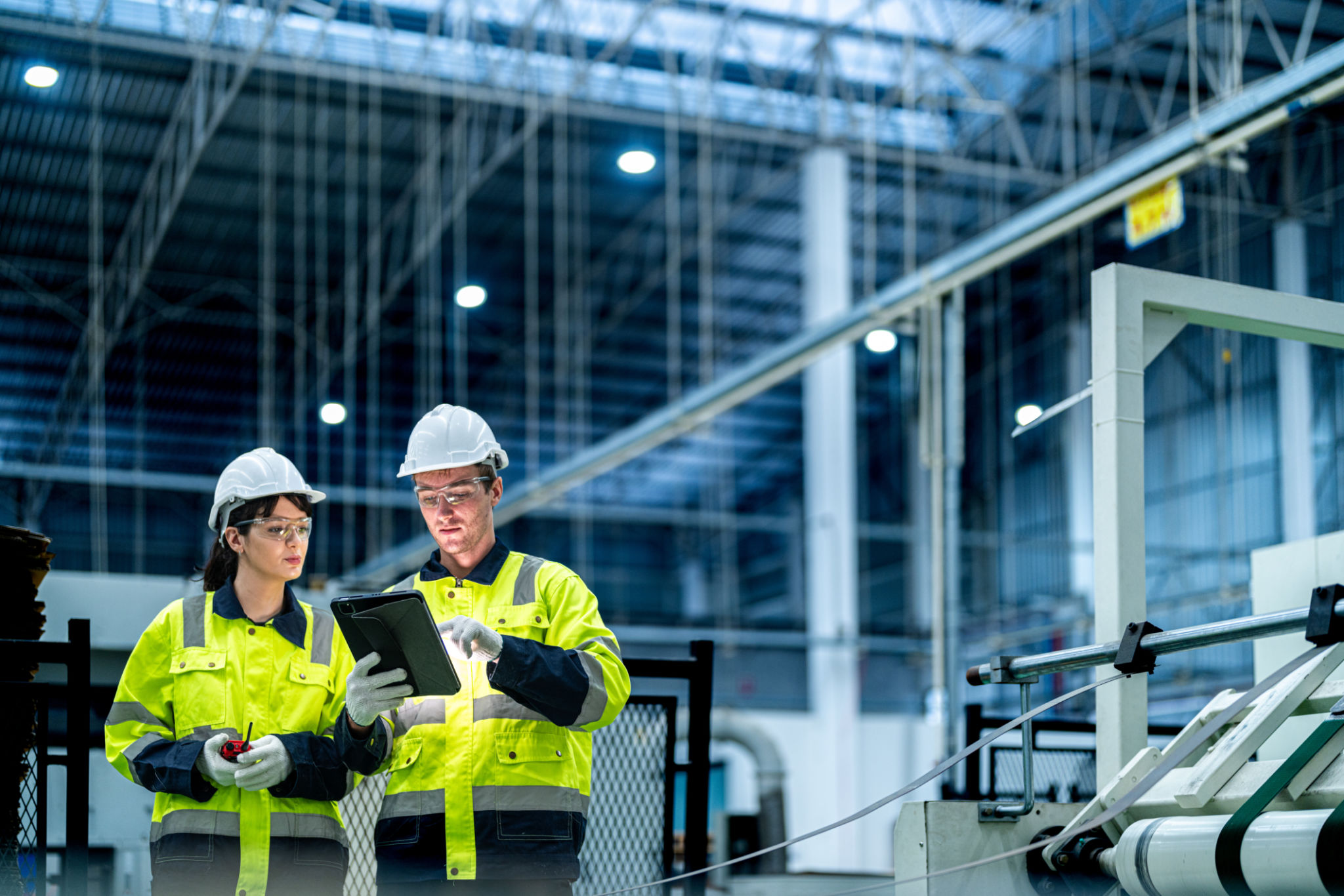Understanding the Process of Frame Straightening: Why Precision Matters
Understanding the Basics of Frame Straightening
Frame straightening is a critical process in automotive repair, particularly when a vehicle has been involved in an accident. The frame of a vehicle is its structural backbone, and any misalignment can affect the car's performance, safety, and longevity. Understanding the intricacies of this process is essential for anyone involved in car maintenance or repair.
When a vehicle's frame is bent or misaligned, it can lead to uneven tire wear, pulling to one side, and even increased risk during a collision. These issues highlight the importance of precision in frame straightening. It ensures that the vehicle operates safely and efficiently, restoring its original structural integrity.

The Tools and Techniques Involved
Modern frame straightening relies heavily on advanced technology and equipment. Laser measuring systems are commonly used to assess the degree of damage and alignment issues. These systems provide detailed data that guides technicians in making precise adjustments.
Once the damage is assessed, hydraulic machines are often employed to straighten the frame. These machines apply controlled pressure to specific points on the frame, gradually restoring it to its original shape. This aspect of the process underscores why precision matters—any miscalculation can lead to further damage or incomplete repair.
The Importance of Skilled Technicians
While technology plays a crucial role, the expertise of skilled technicians cannot be overlooked. Experienced professionals understand the nuances of different vehicle frames and the best methods for realignment. Their skill ensures that the process is conducted efficiently and effectively.

Training and experience are vital because technicians must interpret data from measuring systems correctly and operate hydraulic equipment with precision. A deep understanding of vehicle dynamics and structural engineering is necessary to achieve optimal results.
The Role of Quality Assurance
After the frame has been straightened, quality assurance checks are essential. These checks confirm that the vehicle's frame is aligned within factory specifications. This step is crucial for maintaining the car's warranty and ensuring customer satisfaction.

Quality assurance involves re-measuring the frame and conducting test drives to ensure that all alignment issues have been resolved. These steps help prevent future problems and reassure vehicle owners that their cars are safe to drive.
The Long-Term Benefits of Precision
Investing in precise frame straightening offers numerous long-term benefits. For vehicle owners, it means enhanced safety and improved vehicle performance. Proper alignment can also extend the lifespan of tires and suspension components, reducing maintenance costs over time.
For automotive repair shops, precise work enhances their reputation and can lead to increased customer loyalty. Customers value quality service, particularly when it involves their safety on the road.
Conclusion
In conclusion, frame straightening is a complex process that demands precision at every stage. From assessment to execution, each step requires advanced technology and skilled technicians to ensure a successful outcome. By understanding this process, vehicle owners and repair professionals can appreciate its importance in maintaining vehicle safety and performance.